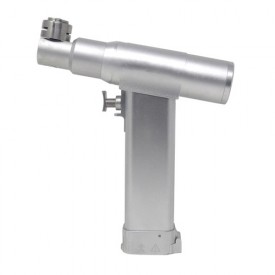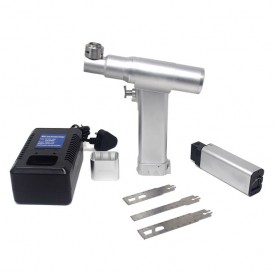Oscillating Saw For Joint Operation
52997 70000 17003 Off
Tax Inclusive
Free Delivery

No Cash on Delivery
Estimated Delivery 3 to 8 Days
No Return
The Oscillating Saw for Joint Operation is a powerful and precise tool designed for optimal performance in joint surgeries. With an output power of 80W and an oscillation frequency of 18,000/min, it ensures accuracy and efficiency in cutting procedures.
Specifications:
Type: Oscillating Saw
Output Power: 80W
Oscillation Frequency: 18,000/min
Key Features:
Precision Design: Crafted for accuracy in joint surgeries.
High Power Output: 80W for efficient cutting.
Controlled Oscillation: Operates at 18,000/min for precision.
| Manufacturer/Importer/Marketed By | |
| Brand Name | Generic |
| Address of entity | C-75, 1st Floor, DDA Sheds, Okhla Industrial Area, Phase 1, New Delhi - 110020 |
| India Helpline Number | 8586012345 |
| Country of Origin | China |



